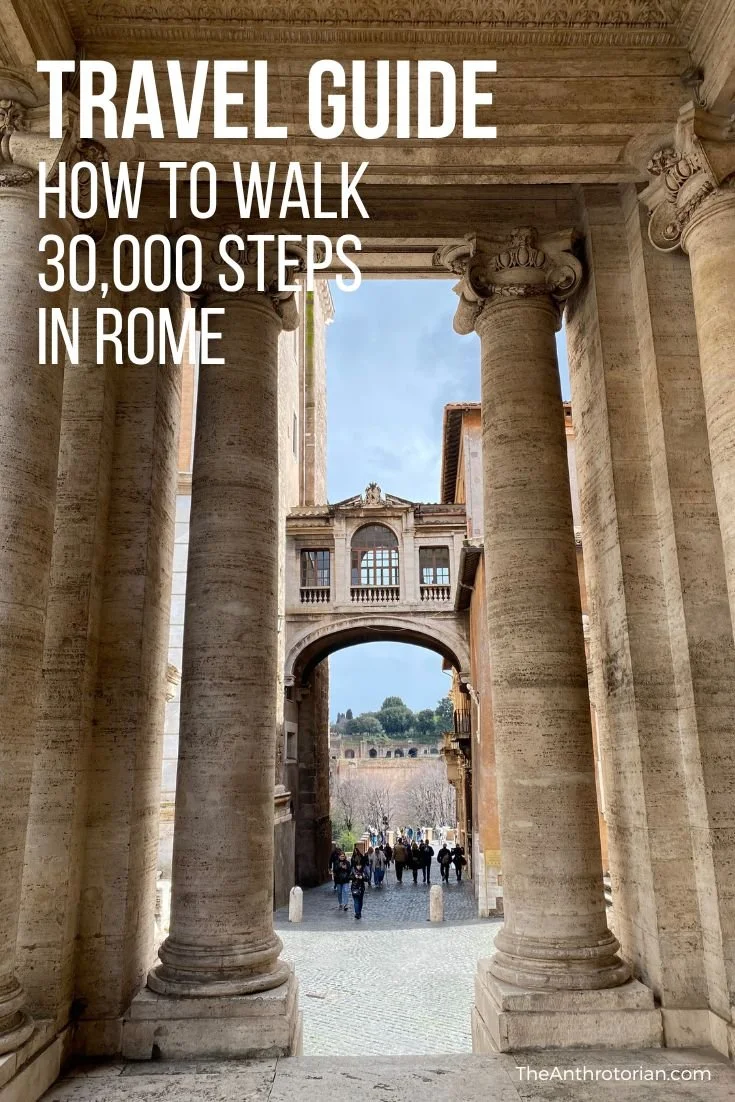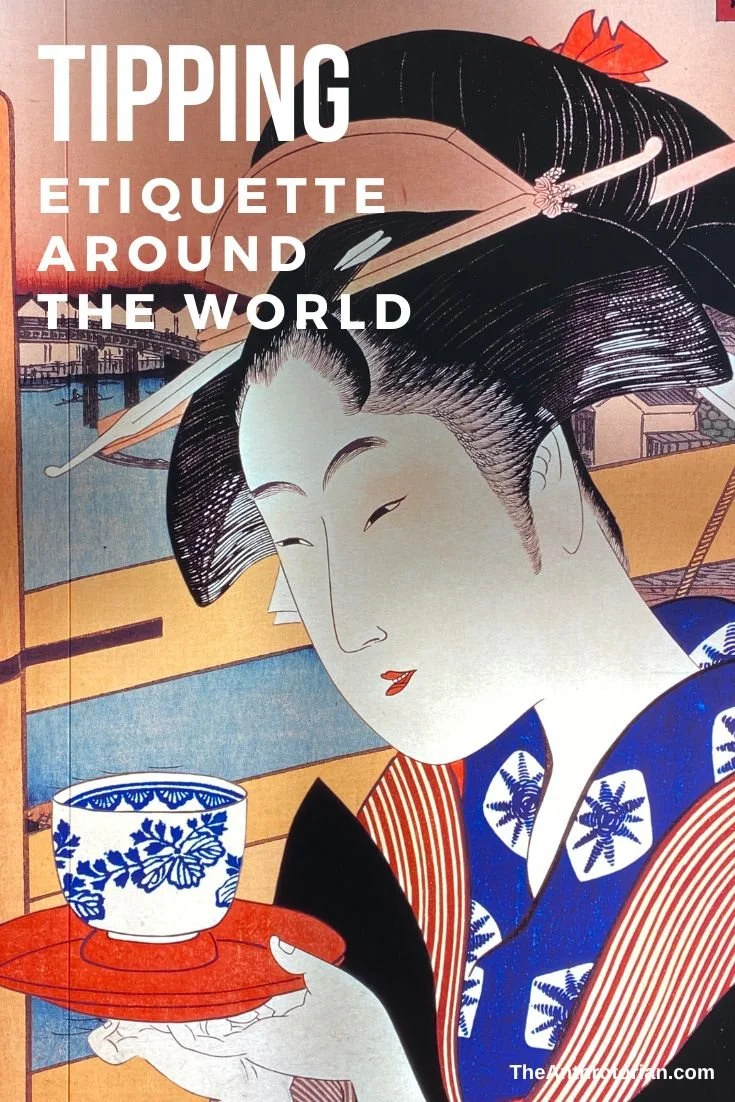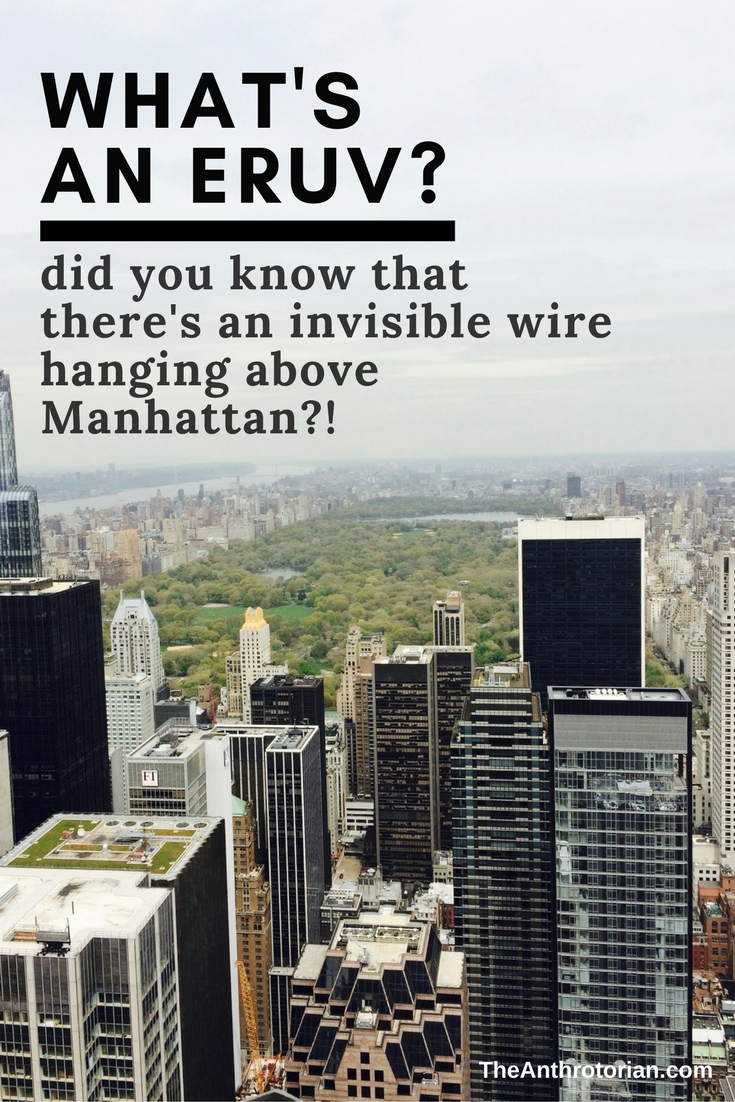Sweat was running down the faces of the guests, dressed in their best clothes, fanning themselves with newspapers and napkins. Nobody seemed to care though, tonight was a night to celebrate.
It was Jenny’s fifteenth birthday, her Quinceanera, and we were crammed into a hot, stuffy hall in Ojo de Agua, Honduras waiting for the celebration to begin.
There were hundreds of pale pink balloons hanging from the rafters and an arch of even more balloons, and streamers hung over the doorway. Fifteen fluffy looking cakes sat on display at the front of the room, unaffected by the heat, and a DJ dressed in a brown tweed jacket (he must have been sweltering) was quietly setting up in the corner.
A hush suddenly went over the crowd and turning towards the door, I saw Jenny for the first time. She was standing under the arch on the arm of her father and was dressed in a long pink gown.
Glowing with excitement and pride, she took an enthusiastic step forward into the room.
The crowd erupted in cheers.
It was time to start the party!
What is Quinceanera?
In Mexico, Puerto Rico, Cuba, Central America and South America, Quinceanera is a major rite of passage for all females. Literally meaning ‘one who is fifteen’, this celebration marks the transition from childhood to women-hood.
Traditional ways to celebrate Quinceanera
Though all 15th birthday parties in these cultures will vary, there are some pretty cool traditions that, from my research, seem to happen fairly consistently.
Ceremony Of The 15 Candles
The birthday girl hands out 15 candles to the people she considers to have been the most influential in her life.Changing Of The Shoes
The girl’s father, or a close male relative, exchanges her flat shoes for high heels to mark her transition from child to woman.The Last Doll
Either part of a ceremony or simply on display, this doll is another symbol of the last moments of childhood.The Dress
Traditionally the colour ‘pink’ represents purity and so the dress is usually an elaborate pink ball gown.Makeup
This celebration was meant to be the first time that the birthday girl wore makeup (not often reality in this century).Choreographed Dances
There are special dances, usually involving 15 people, that are performed throughout the evening. A girl’s Quinceanera was traditionally the first time that she danced in public.Gifts
They might be in the form of religious blessings, toasts, or physical objects like tiaras, flowers, and sceptres.





















